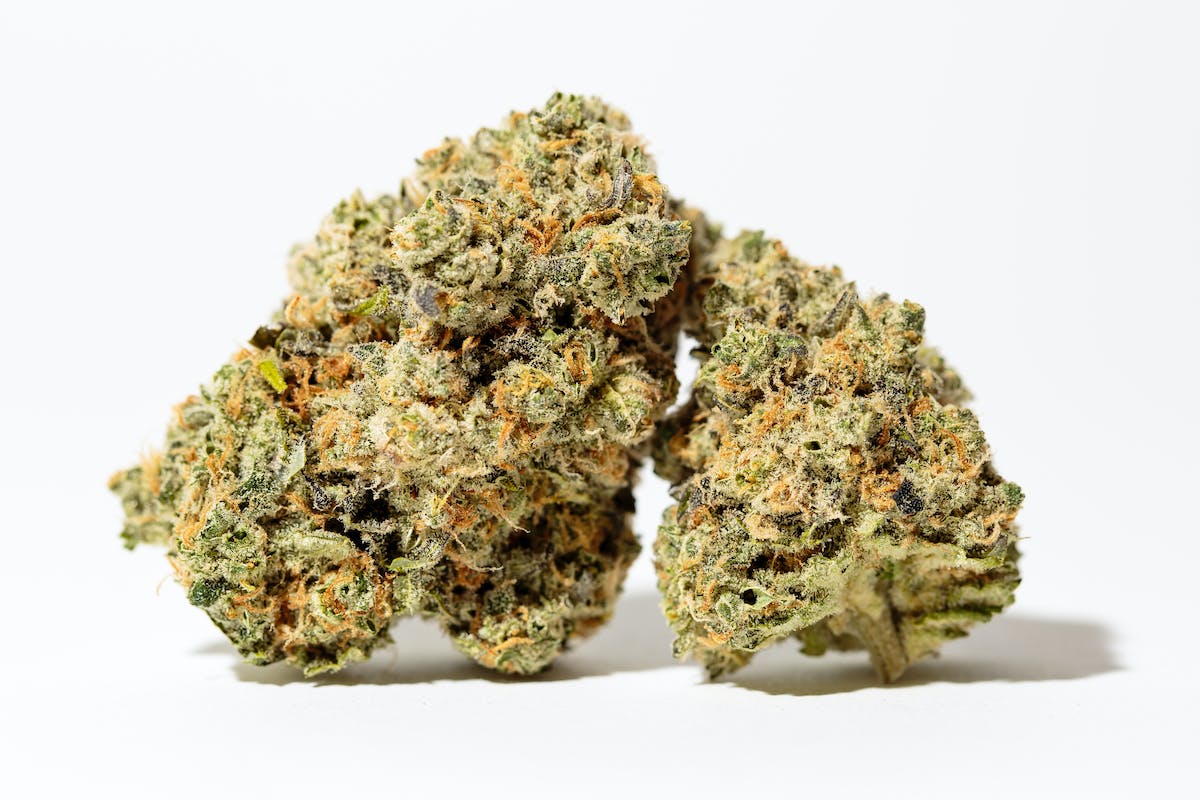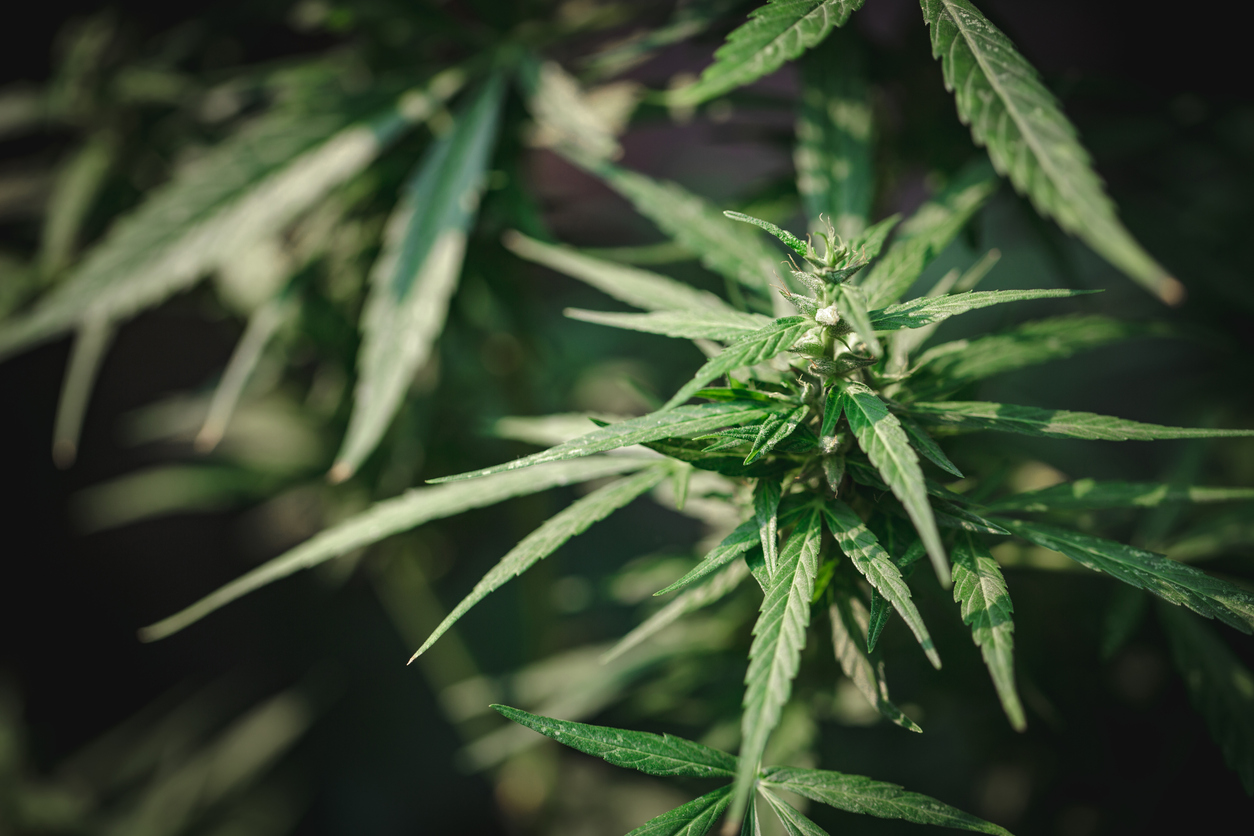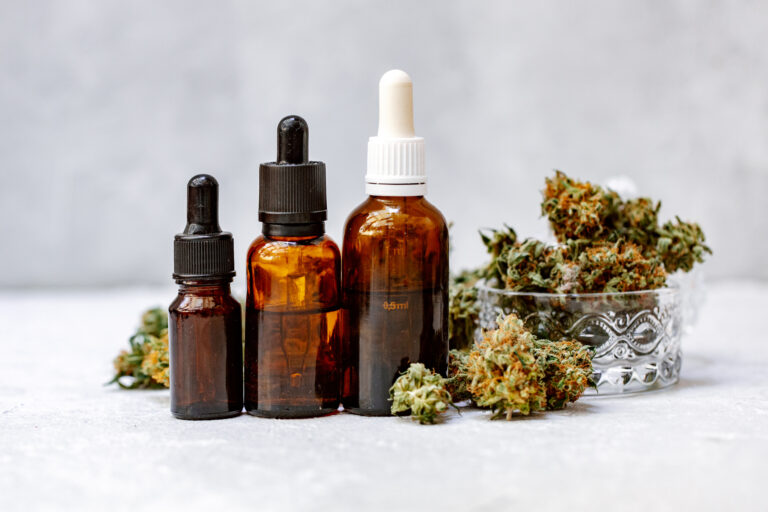Keep Reading
Make your way into any dispensary, and you’ll spot a lot of people asking about or looking for specifically the THC content or potency on different products.
Because THC (tetrahydrocannabinol) is known as the primary psychoactive agent in cannabis, this is naturally important information to know. However, there’s a lot more to cannabis and cannabis products than just THC alone.
Other cannabinoids and terpenes can be just as important. In fact, terpenes can have a huge bearing on your overall experience. Take a closer look at terpenes vs THC and why terpenes may not be inferior at all.
Terpenes vs THC: What’s the difference?
Cannabis is an incredible plant made up of many unique and interesting compounds. Two of the most abundant compounds in cannabis are cannabinoids and terpenes. THC is only one of more than 100 cannabinoids identified in cannabis. A few others include CBD (cannabidiol), CBN (cannabinol) and CBG (cannabigerol). Terpenes are just as abundant—at least 400 are known that are found in cannabis.
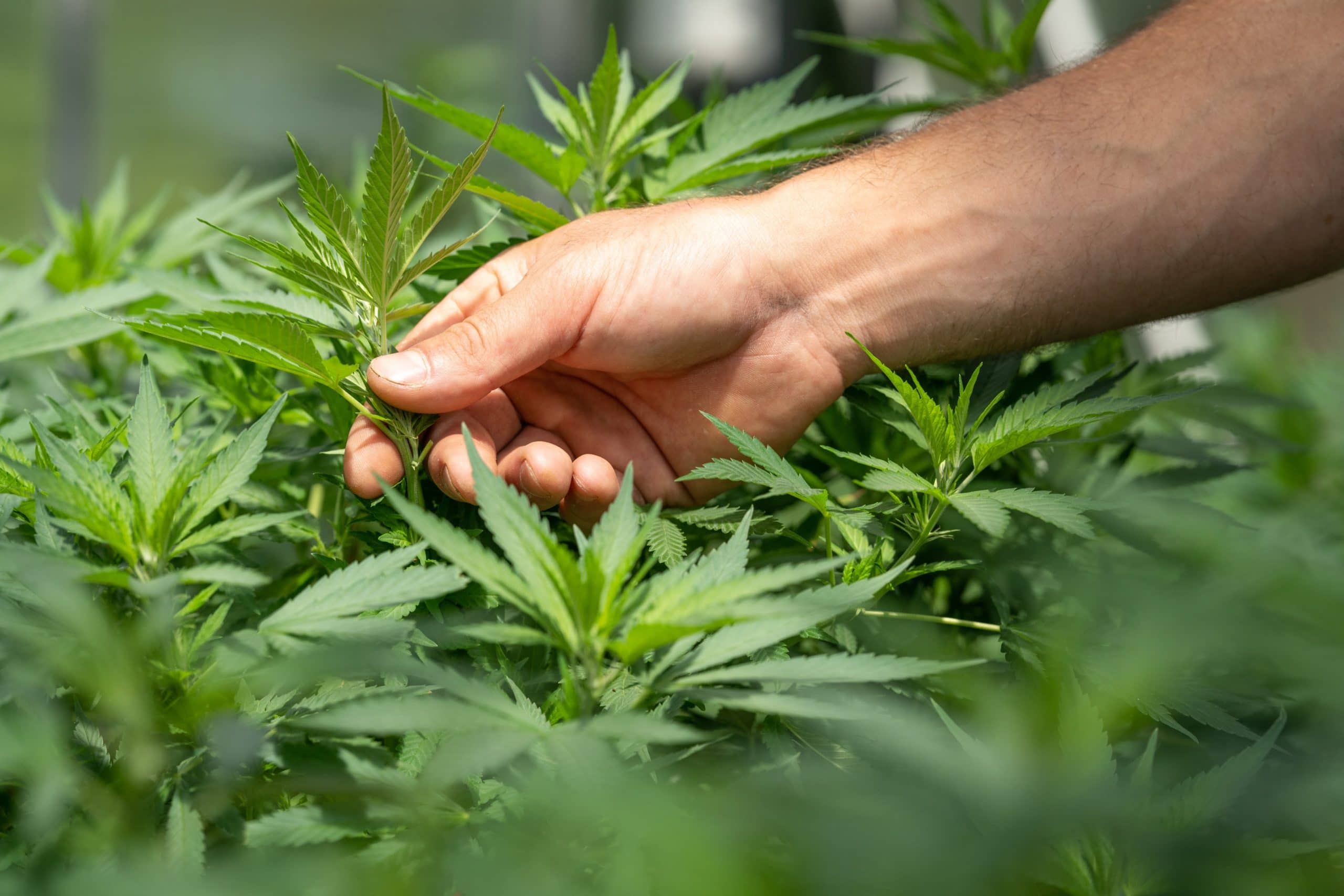
What is a cannabinoid?
Cannabinoids, like THC, are molecules that are primarily found in cannabis. Scientifically speaking, cannabinoids found in cannabis are phytocannabinoids. What’s interesting is that the human body makes its own set of cannabinoids – endocannabinoids – that have similar structures to phytocannabinoids.
That’s right – humans and cannabis plants share a specific set of molecules that are extremely similar in structure.
Both types of cannabinoids interact with the body through a system of receptors that make up the endocannabinoid system (ECS). You can think of the ECS almost like another nervous system, it is an entire system of receptors located through our bodies which exists just to interact with these molecules known as cannabinoids.
The ECS has many functions, including regulating the immune system, appetite and metabolism, and sleep. All cannabinoids interact with the ECS in unique ways, and some (like THC) are psychoactive or intoxicating, while others (like CBD) are not intoxicating but may offer therapeutic benefits just the same.
What is a terpene?
Terpenes are organic compounds that naturally exist throughout the natural environment. Even though cannabis is known to be especially rich in terpenes, these compounds are also found in everything from fruits and vegetables to grass and trees.
For the most part, terpenes are known to provide aromatics and flavors to cannabis. For example, something like limonene has a telltale citrus smell, and it can also be found in the peel of lemons or in something like lemon balm plants. However, terpenes also affect the human body in alternative ways as cannabinoids, sometimes totally altering the overall effects.
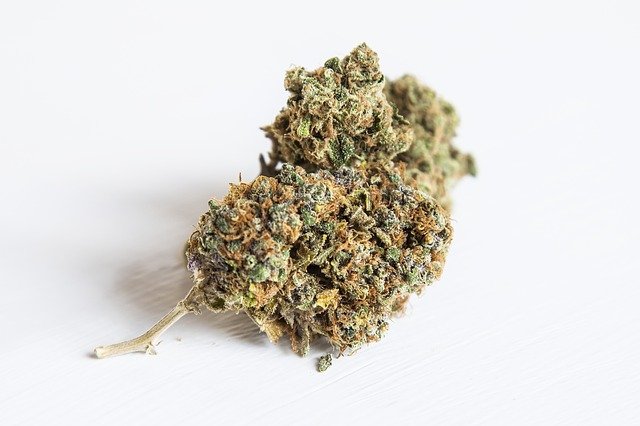
Terpenes vs THC and Other Cannabinoids – How They Work
As noted above, cannabinoids affect the ECS. This happens by route of the CB1 and CB2 receptors that make up the ECS. These receptors are distributed throughout the central nervous system, but can also be found in places like the digestive system, in the skin, and even in a few major organs.
THC, for example, directly binds to the receptors in the brain, which is related to the intoxicating effects. The activation of the receptors by THC interferes with neuronal signaling in the brain’s network of synapses.
Terpenes, on the other hand, have various mechanisms of action when it comes to how they work, and they don’t have much influence over the ECS directly. They are thought to affect the body and mind in different ways, but they are also known to affect how the ECS responds to cannabinoids like THC. Obviously, more research is needed to full understand the role of terpenes in cannabis and the entourage effect.
The Entourage Effect with Terpenes and THC
In science, the entourage effect is a proposed theory that cannabinoids and terpenes work together in unison when they are consumed together. And, a few studies have highlighted this as potential truth.
For example, some terpenes are said to change how THC binds to ECS receptors or enhance the actions of CBD. With this in mind, it is easy to see that the terpenes present in a particular strain may be just as important as how much THC is in the strain.
For example, if you’ve ever had a high THC strain that was also high in limonene, your experience may differ compared to smoking a high-THC strain with loads of myrcene. There are so many cannabinoids and terpenes in cannabis, however, there is a lot of research left to be done to make definitive statements.
Common Terpenes in Cannabis and Their Potential Actions
Cannabis houses loads of different terpenes. Each strain contains its own unique mix of terpenes, which is why different strains can have unique aromatics and flavors, but also effects. Some of the most common terpenes and their associated effects include:
- Caryophyllene – Calming, potentially good for depression (also found in rosemary)
- Myrcene – Relaxing, sedating actions (also found in mangoes)
- Linalool – Stress-reducing, helps with sleep (also found in lavender)
- Humulene – Energizing and potentially good for pain (also found in hops)
- Pinene – Uplifting and good for anxiety (also found in pine needles)
- Limonene – Uplifting, mood-enhancing, and energizing (also found in citrus fruits)
Final Thoughts on THC and Terpenes
When you get a closer look at cannabinoids and terpenes, it is easy to see why so many people appreciate a good terpene-rich strain for more reasons than just flavor. Ready to experiment with top cultivars to find your favorite combinations? Be sure to check out our menu at Silver Therapeutics for always fresh, always flavorful cannabis.
